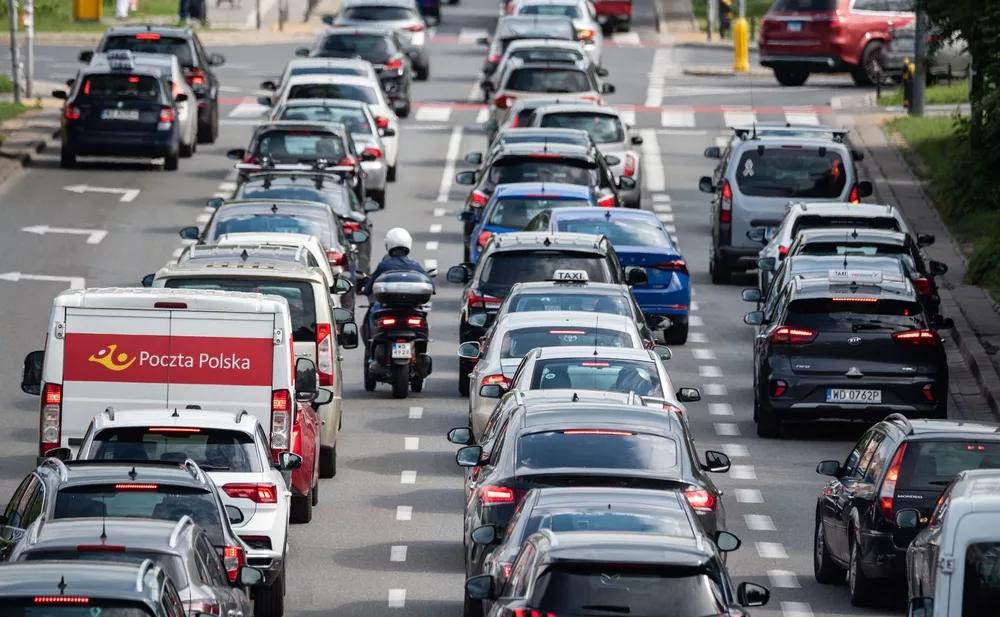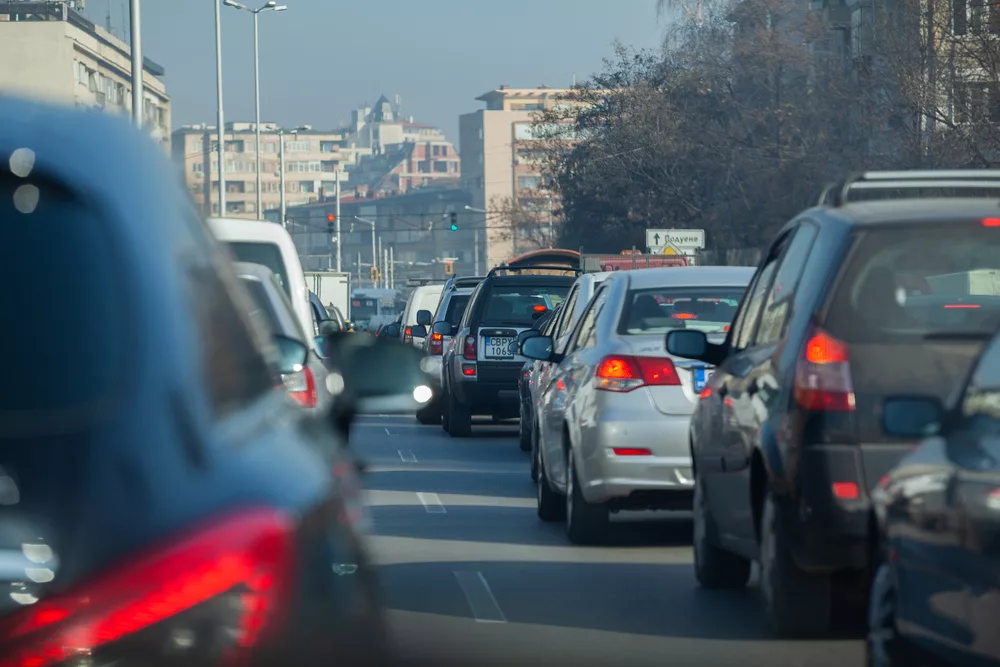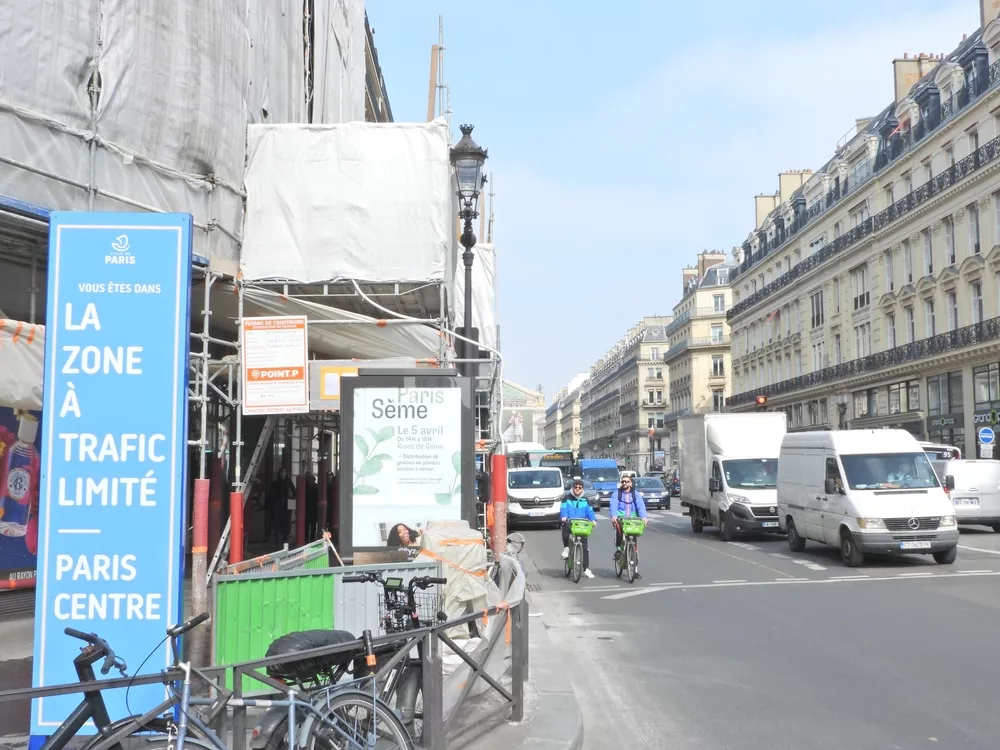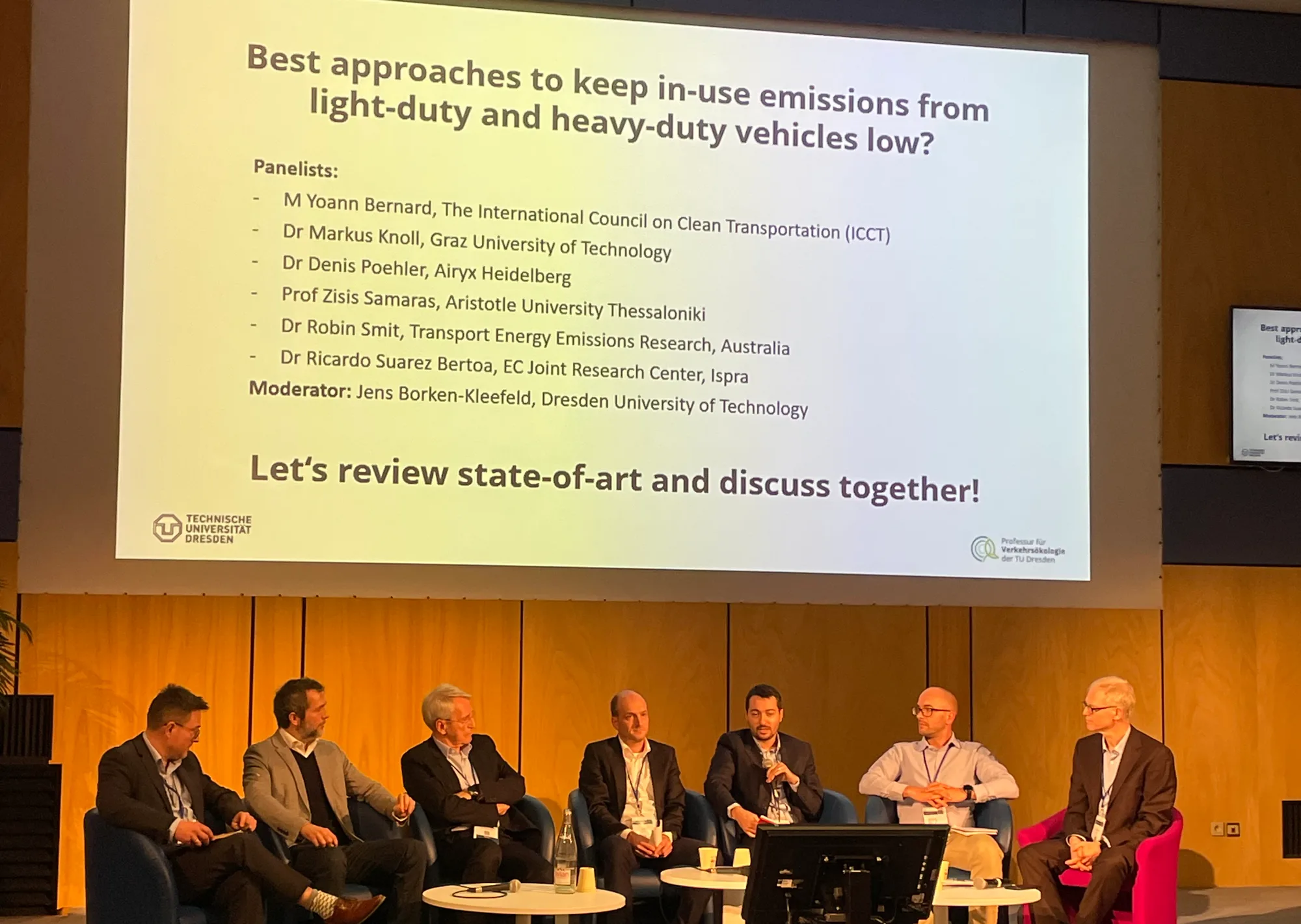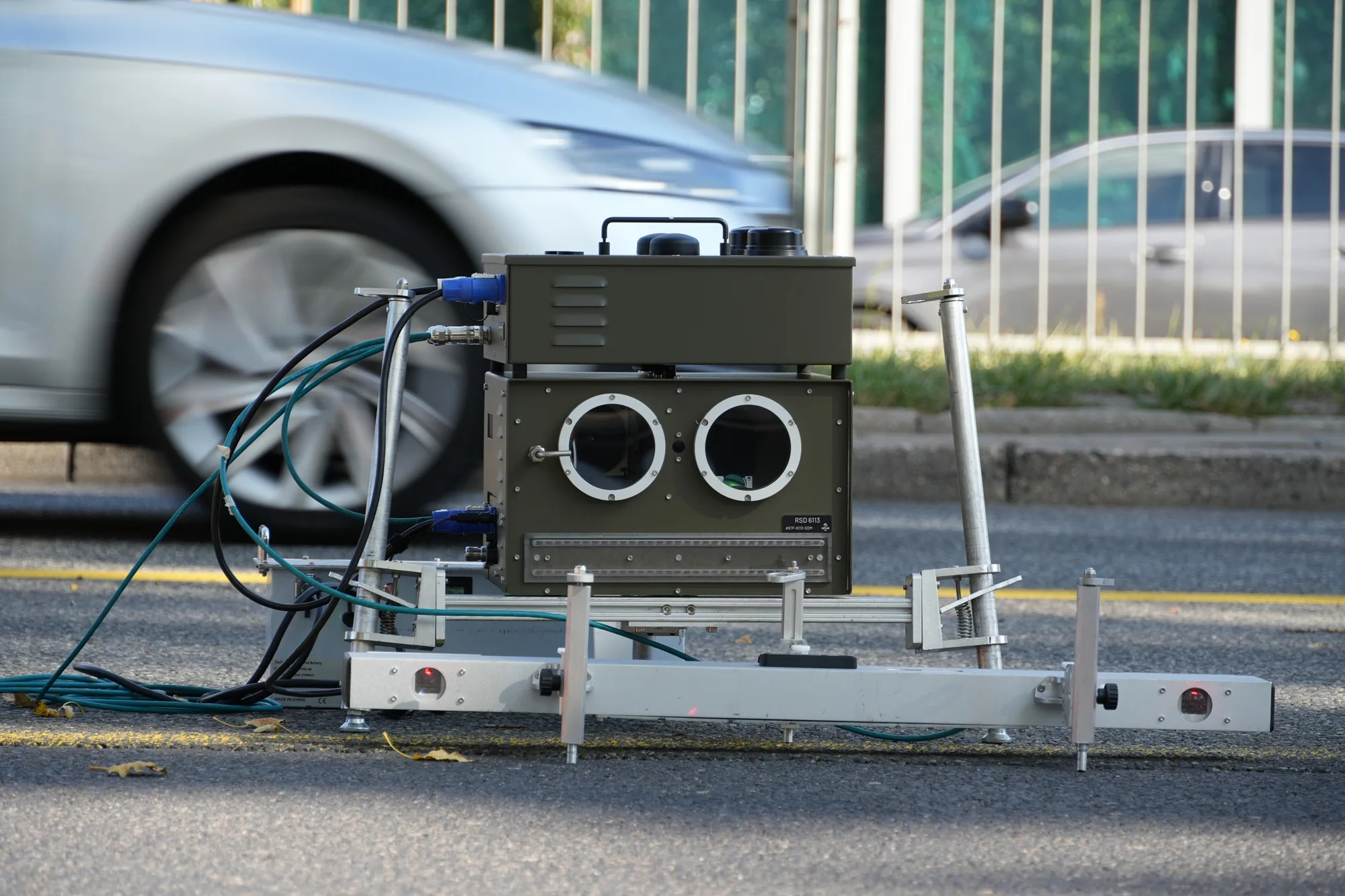Warsaw low-emission zone: The potential emissions benefits and impact on drivers
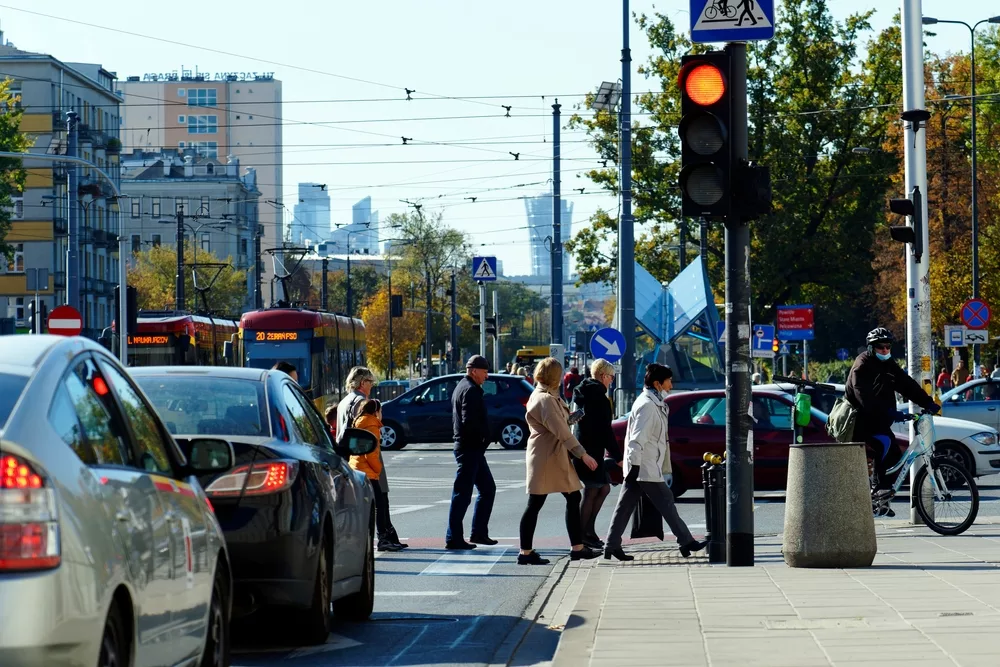
Warsaw, Poland is a city with one of the worst air quality in Europe. A previous TRUE Initiative study assessed real-world vehicle emissions in Warsaw and identified a low-emission zone (LEZ) as an effective policy tool for vehicular emission reduction. This technical note presents two LEZ schemes designed based on the real-world emission factors and fleet composition and examines the potential impacts on emission and drivers.
The note finds that an LEZ design that prioritizes the phase-out of vehicle groups that show disproportionate emissions can generate large and immediate emissions benefits. The first phase of the two LEZ schemes is designed to restrict diesel vehicles certified to below Euro 4 and gasoline vehicles certified to below Euro 2 in 2024, which would be responsible for 11% of the total NOx emissions and 23% of the total PM emissions from the passenger car fleet, while making up only 3% of the fleet activity.
The second phase expands the restrictions to include diesel Euro 4 and gasoline Euro 2 cars in 2026 (Option 1) and 2025 (Option 2). This phase of Option 1 would impact 7% of the passenger cars that would be responsible for 28% of NOx and 55% of PM emissions from the passenger car fleet expected in 2026 and that of Option 2 would affect 9% of passenger cars that would be responsible for 30% of NOx emissions and 57% of PM emissions in 2025.
These findings demonstrate that a well-designed LEZ can produce a large reduction in transport-related emissions in Warsaw and an LEZ that tightens the restrictions at a faster pace can achieve a greater and more immediate emission reduction.
Centralna Ewidencja Pojazdów i Kierowców (CEPiK), Warsaw Road Authority, Clean Air Fund
TRUE Testing Campaign: Real-world remote-sensing technology measured 148,000 vehicles across Warsaw between September to October 2020.

